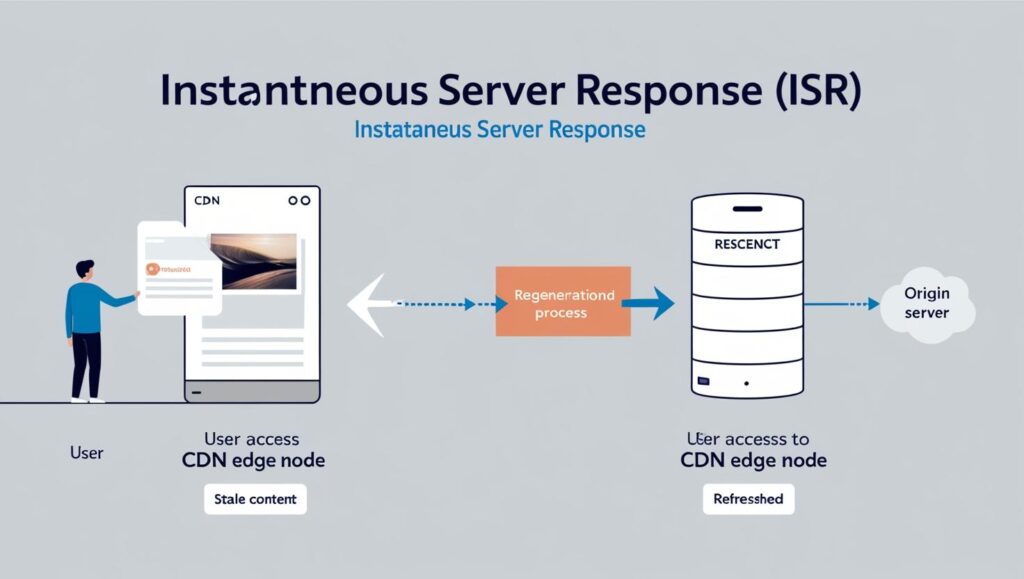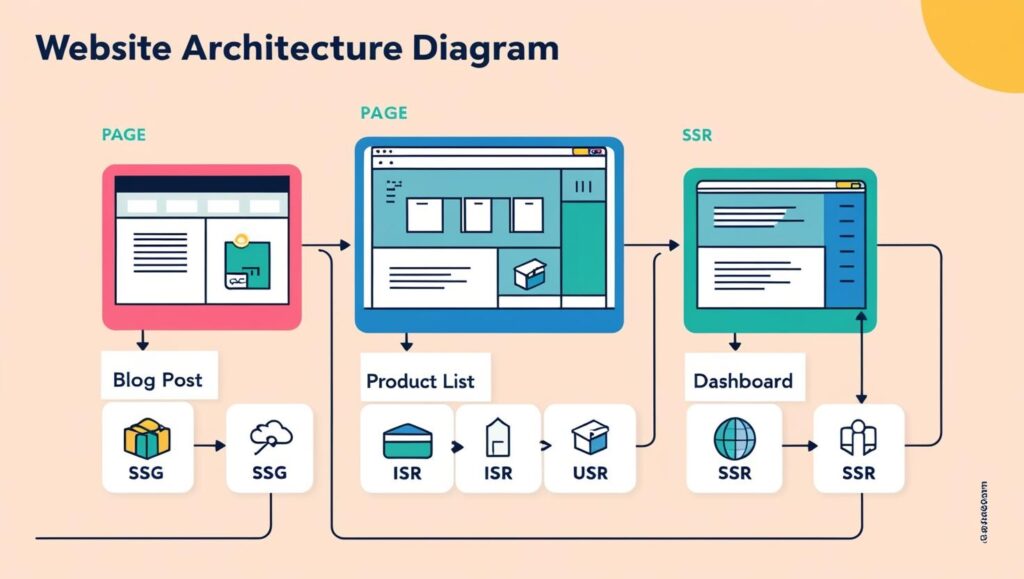Thinking about boosting your career in 2025? Whether you’re already in the tech industry, looking to break in, or just want to stay relevant in an increasingly digital world, the landscape of essential skills is shifting. While coding ability (think Python, JavaScript, etc.) remains incredibly valuable, it’s no longer the only golden ticket.
Here in April 2025, a broader set of tech-adjacent skills are becoming crucial for growth across many roles. Let’s look at some key areas you should focus on learning or strengthening this year – skills that go beyond traditional programming but are deeply intertwined with technology’s impact.
1. AI Literacy: Understanding and Using the Elephant in the Room
Artificial Intelligence is everywhere, and its influence is only growing. You don’t necessarily need to become an AI researcher, but developing AI literacy is becoming non-negotiable.
- What it means: Understanding core AI concepts (machine learning, large language models like those powering ChatGPT/Gemini, generative AI), knowing the capabilities and limitations of AI tools, and critically assessing AI outputs. Crucially, it involves learning how to effectively use AI tools to enhance your own productivity – think AI coding assistants, content generation aids, data summarization tools.
- Why it matters: AI is impacting nearly every industry and role. Being able to leverage AI tools makes you more efficient. Understanding its ethical implications and potential biases is vital for responsible implementation. Whether you’re in marketing, HR, project management, or development, knowing how AI works and how to interact with it is a massive advantage.
2. Data Analysis Fundamentals: Making Sense of the Noise
We’re drowning in data, but turning that data into actionable insights is where the real value lies. Basic data analysis skills are becoming essential across the board.
- What it means: Going beyond just looking at numbers. It involves understanding how to collect relevant data, clean it up, use tools (even spreadsheets like Excel or Google Sheets are powerful!), visualize data effectively (charts, graphs), and draw basic conclusions or identify trends. Learning fundamental SQL for database queries or introductory Python libraries like Pandas can take this further.
- Why it matters: Businesses thrive on data-driven decisions. Whether you’re optimizing a marketing campaign, analyzing sales figures, tracking project progress, or understanding user behavior, the ability to interpret data allows you to make better arguments, identify opportunities, and measure success. This skill isn’t just for data scientists anymore.

3. Cloud Computing Basics: Knowing Where Things Live
Unless you’re working entirely offline (unlikely!), chances are the services and applications you use heavily rely on cloud infrastructure. Understanding the basics is becoming table stakes.
- What it means: Familiarity with the core concepts of cloud computing – what are Infrastructure as a Service (IaaS), Platform as a Service (PaaS), and Software as a Service (SaaS)? Understanding the major players (AWS, Microsoft Azure, Google Cloud Platform) and their fundamental offerings (compute instances like EC2/VMs, storage like S3/Blob, basic serverless functions). Awareness of concepts like scalability, availability, and cloud security basics is also key.
- Why it matters: Knowing how the cloud works helps developers deploy applications more effectively, allows IT operations to manage infrastructure efficiently, helps project managers understand timelines and costs, and even enables business leaders to make informed decisions about technology strategy. You don’t need to be a cloud architect, but foundational knowledge is increasingly expected.
4. Cybersecurity Awareness: The Human Firewall
Cyber threats are constantly evolving (as we discussed recently!), and often, the weakest link isn’t the technology itself, but human error. Basic cybersecurity awareness is crucial personal and professional digital hygiene.
- What it means: Recognizing common threats like phishing (spotting suspicious emails/links), understanding the risks of ransomware, practicing good password hygiene (strong, unique passwords + MFA), being cautious on public Wi-Fi, understanding basic data privacy principles (like not oversharing), and knowing how to report suspicious activity.
- Why it matters: A single click on a malicious link by an unaware employee can compromise an entire organization. Protecting company (and personal) data is a shared responsibility. Having a workforce that understands basic security practices significantly reduces risk for businesses. For individuals, it’s about protecting your own identity and finances. This isn’t just for the IT security team; it’s for everyone.

What About Coding?
Yes, absolutely, coding skills remain highly valuable and in demand! Learning languages like Python, JavaScript, Rust, Go, etc., is still a fantastic path for many careers. The point here is that the tech landscape in 2025 requires a broader skillset. These “beyond code” skills – AI literacy, data fluency, cloud understanding, and security awareness – complement traditional development roles and open doors in tech-adjacent fields. They make you a more well-rounded, valuable, and adaptable professional.
Your 2025 Skill Toolkit
The message for career growth in 2025 is clear: broaden your tech horizons. Don’t just focus on deep specialization in one area (unless that’s your passion!). Develop a working understanding of AI, learn to interpret data, get comfortable with cloud concepts, and practice solid cybersecurity hygiene. Investing time in these areas will undoubtedly pay off, making you more effective in your current role and better prepared for the future of work.












